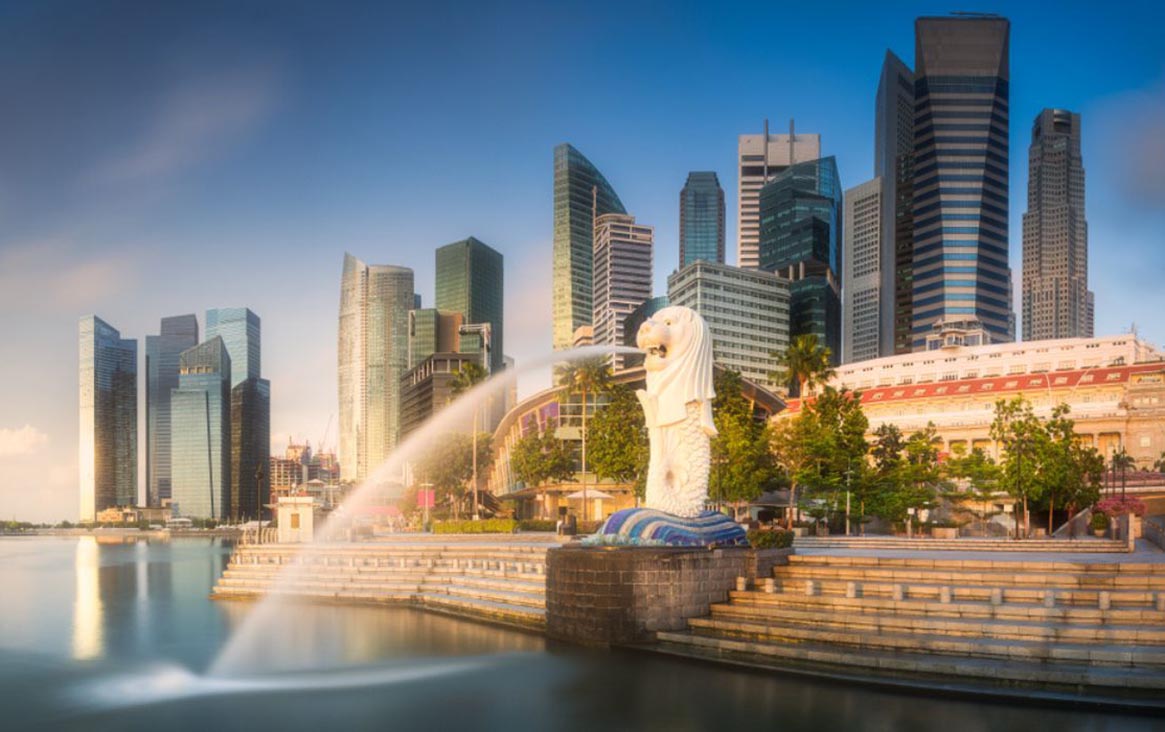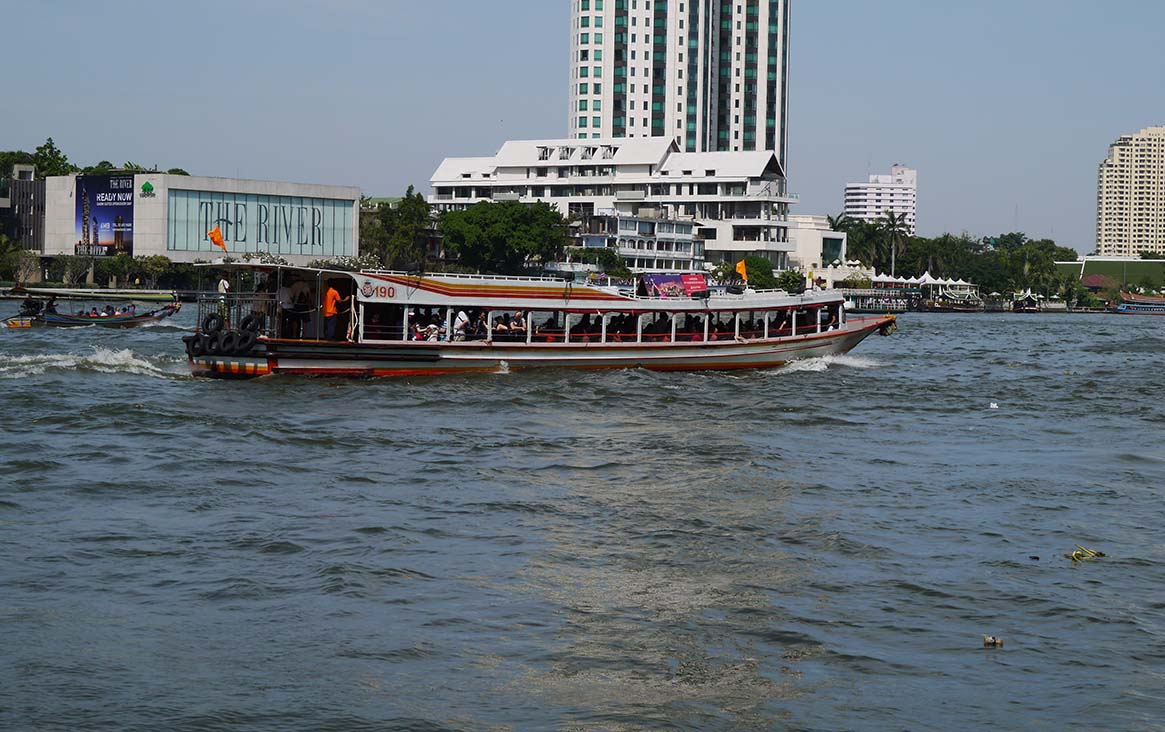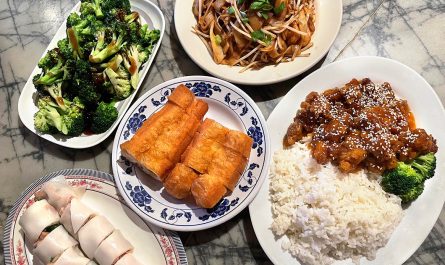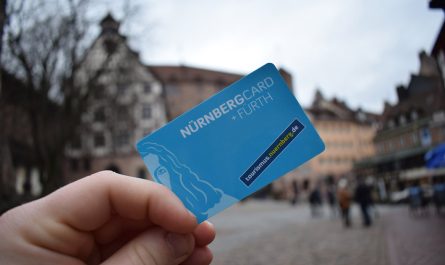Singapore, a vibrant and bustling city-state, is a top destination for travelers from all over the world. Known for its stunning skyline, diverse culture, and world-class attractions, this tropical city offers something for every kind of traveler. Whether you’re a first-time visitor or a seasoned globetrotter, planning your trip to Singapore requires some essential knowledge to make the most of your time here. From its iconic skyline featuring the Marina Bay Sands and the futuristic Gardens by the Bay to its rich cultural enclaves like Chinatown, Little India, and Kampong Glam, Singapore is a place where tradition meets modernity.
The city’s efficient public transportation system, including the MRT, buses, and taxis, makes it easy to explore every corner of this compact yet dynamic metropolis. Singapore’s diverse culinary scene is another highlight, offering everything from world-renowned street food at hawker centers to high-end dining experiences. As a melting pot of cultures, Singapore’s festivals, such as Chinese New Year, Deepavali, and Hari Raya Puasa, provide visitors with a glimpse into the local traditions and celebrations.
Whether you’re a food lover, adventure seeker, or culture enthusiast, Singapore offers a range of experiences that are sure to leave a lasting impression on anyone who visits.
1. Best Time to Visit Singapore
Singapore is a year-round destination thanks to its tropical climate, but it’s important to consider the best times to visit based on weather and events.
- Weather: Singapore experiences high humidity and temperatures ranging from 25°C to 31°C (77°F to 88°F) throughout the year. The city has two monsoon seasons: the Northeast Monsoon (from December to early March) and the Southwest Monsoon (from June to September). During these periods, rainfall is more frequent, especially in the afternoon.
- Festivals: If you’re interested in experiencing local culture, try to time your visit with one of Singapore’s major festivals, such as the Chinese New Year (January or February) or the Singapore Grand Prix (September). These festivals bring the streets to life with celebrations, parades, and performances, but keep in mind that hotel rates and airfares might be higher during peak seasons.
- Tip: For the best weather, the months of February to April are generally the driest and most comfortable for outdoor activities.
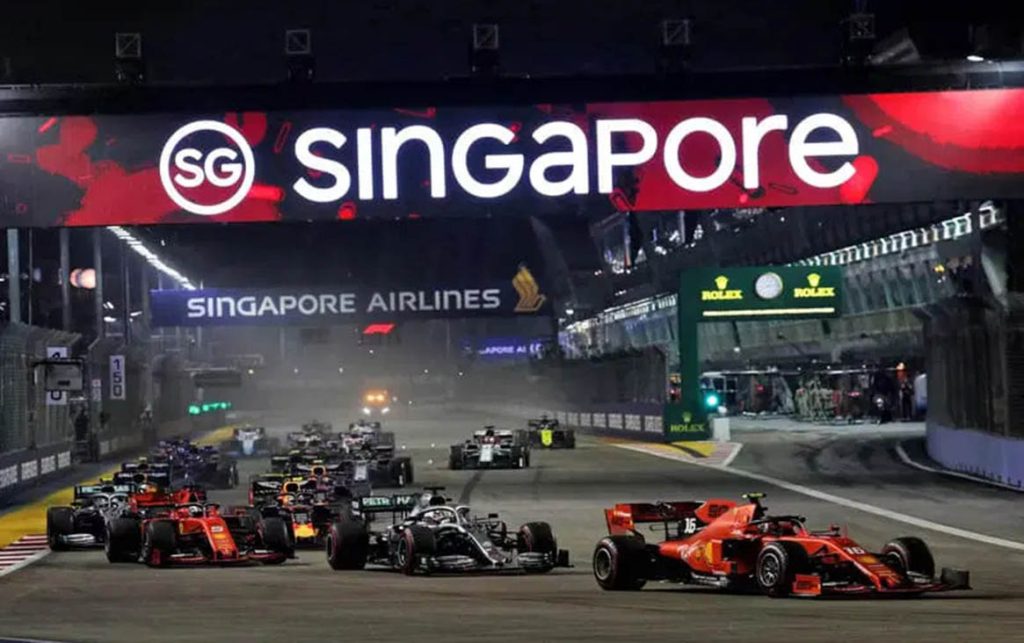
2. Getting Around Singapore: Transportation Tips
Singapore has one of the most efficient and user-friendly transportation systems in the world. Here’s how you can easily get around the city:
- MRT (Mass Rapid Transit): The MRT system is the backbone of public transport in Singapore. With stations located all over the city, it’s the most convenient way to travel. The trains are clean, safe, and air-conditioned—perfect for escaping the tropical heat. You can buy a EZ-Link card or a Singapore Tourist Pass for unlimited rides on public transportation, including the MRT, buses, and even some trams.
- Buses: The bus network in Singapore is also extensive, with routes connecting nearly every part of the city. Buses are equipped with air-conditioning, making them comfortable even during the hottest parts of the day. Payments can be made using your EZ-Link card or Singapore Tourist Pass.
- Taxis: Taxis in Singapore are affordable, metered, and clean. However, they might be more expensive during peak hours or if you’re traveling to or from the airport. Grab—Southeast Asia’s version of Uber—also operates in Singapore, providing another convenient option.
- Cycling: Singapore is a bike-friendly city, and cycling is a great way to explore the downtown areas. You can rent bikes from various kiosks around the city or through bike-sharing apps like Anywheel and SG Bike.
- Walking: Singapore is a pedestrian-friendly city with wide sidewalks and pedestrian crossings, making it a pleasure to walk around the main districts. Make sure to stay hydrated and wear sunscreen when walking around, as the sun can be quite intense.
3. Cultural Etiquette in Singapore
Singapore is a multicultural society, and understanding a few basic cultural norms can help ensure that you respect local customs and avoid any faux pas:
- Respect for Elders: Singaporeans show great respect for their elders, so be polite and courteous when interacting with older individuals.
- Public Behavior: Public displays of affection, such as kissing or hugging, are generally not common in Singapore. It’s also considered rude to speak loudly or cause disruptions in public spaces. Singaporeans take pride in their country’s cleanliness, so always dispose of your litter properly.
- Shoes Off Indoors: When entering someone’s home or certain places of worship, it’s customary to remove your shoes. Keep this in mind when visiting temples or local homes.
- Tipping: Tipping is not mandatory in Singapore, as service charges are typically included in the bill. However, if you receive exceptional service, a small tip is always appreciated.
4. Top Attractions in Singapore
Singapore is packed with world-famous attractions, ranging from natural wonders to architectural marvels. Here are a few must-visit spots:
- Marina Bay Sands SkyPark: The iconic Marina Bay Sands hotel features a rooftop observation deck that offers panoramic views of the city skyline, the Marina Bay Sands infinity pool, and the nearby Gardens by the Bay.
- Gardens by the Bay: One of Singapore’s most iconic landmarks, this 101-hectare park is home to the futuristic Supertree Grove, Cloud Forest, and Flower Dome. Don’t miss the OCBC Skyway, which offers a stunning aerial view of the gardens.
- Sentosa Island: A world-class resort destination, Sentosa is home to Universal Studios Singapore, S.E.A. Aquarium, Adventure Cove Waterpark, and beautiful beaches. If you’re an adrenaline junkie, the Skyline Luge and iFly Singapore (indoor skydiving) are great options for thrilling experiences.
- Chinatown: Immerse yourself in Singapore’s rich Chinese heritage by exploring Chinatown, where you’ll find historic temples, traditional Chinese medicine shops, and bustling markets. The Buddha Tooth Relic Temple and Chinatown Heritage Centre are particularly interesting.
- Singapore Zoo and Night Safari: The Singapore Zoo is often ranked among the best zoos in the world, thanks to its open, naturalistic exhibits. After dark, head to the Night Safari, where you can explore the nocturnal side of wildlife in a unique, open-air tram ride.
- Little India and Kampong Glam: These ethnic enclaves showcase the diverse cultural tapestry of Singapore. Little India is filled with vibrant markets, traditional temples, and delicious Indian cuisine, while Kampong Glam is home to the majestic Sultan Mosque and trendy cafes and shops.
- Singapore Flyer: Take a ride on one of the world’s largest observation wheels, the Singapore Flyer, for breathtaking views of the city and beyond.

5. Singapore Cuisine: A Culinary Paradise
Singapore is a food lover’s paradise, offering a wide range of cuisines that reflect its multicultural society. Be sure to try these iconic dishes during your trip:
- Hainanese Chicken Rice: A simple yet flavorful dish consisting of tender chicken served with fragrant rice, accompanied by chili sauce and ginger paste.
- Chilli Crab: A spicy and sweet crab dish cooked in a rich tomato-based sauce, typically served with deep-fried mantou (buns) for dipping.
- Laksa: A spicy noodle soup made with a coconut milk base, featuring a mix of prawns, fish cakes, and tofu. The most famous version is Katong Laksa, a local favorite.
- Satay: Skewered and grilled meats (usually chicken, beef, or lamb) served with a delicious peanut sauce.
- Kaya Toast: A traditional Singaporean breakfast snack, consisting of toasted bread with kaya (a sweet coconut and egg jam), served with soft-boiled eggs and coffee or tea.
- Durian: Known as the “king of fruits,” durian is infamous for its strong odor, but it’s a must-try for adventurous eaters. You’ll find it in various desserts and snacks around the city.
You can find these delicious dishes at hawker centers, which are open-air food courts that serve affordable and authentic local food. Popular hawker centers include Maxwell Food Centre, Lau Pa Sat, and Chinatown Complex Food Centre.
6. Staying Safe and Healthy in Singapore
Singapore is one of the safest cities in the world, with low crime rates and strict laws. However, there are a few basic health and safety tips you should keep in mind:
- Health: Tap water in Singapore is safe to drink, so you don’t need to buy bottled water. However, make sure to stay hydrated in the tropical heat, especially when walking around or sightseeing. Singapore has excellent healthcare facilities, but it’s always a good idea to have travel insurance in case of any medical emergencies.
- Laws: Singapore has strict laws and regulations, so be sure to familiarize yourself with them. For instance, chewing gum is banned in Singapore, and littering can result in hefty fines. Public transport and public spaces are heavily monitored by security cameras, so it’s always important to adhere to local rules.
- Weather Protection: The tropical climate can be quite intense, so don’t forget to apply sunscreen regularly, wear light clothing, and carry an umbrella in case of sudden rain showers.
Singapore is a city that effortlessly blends modernity with tradition, and its unique blend of attractions, culture, and cuisine makes it an unforgettable destination. With the right preparation, you can easily explore this vibrant city, savor its amazing food, and experience its rich cultural heritage.
Whether you’re wandering through the futuristic Gardens by the Bay, soaking in panoramic views from Marina Bay Sands, or savoring a plate of Hainanese Chicken Rice, Singapore is sure to leave you with unforgettable memories.
Plan ahead, follow these tips, and get ready for an exciting and seamless adventure in this tropical city!
